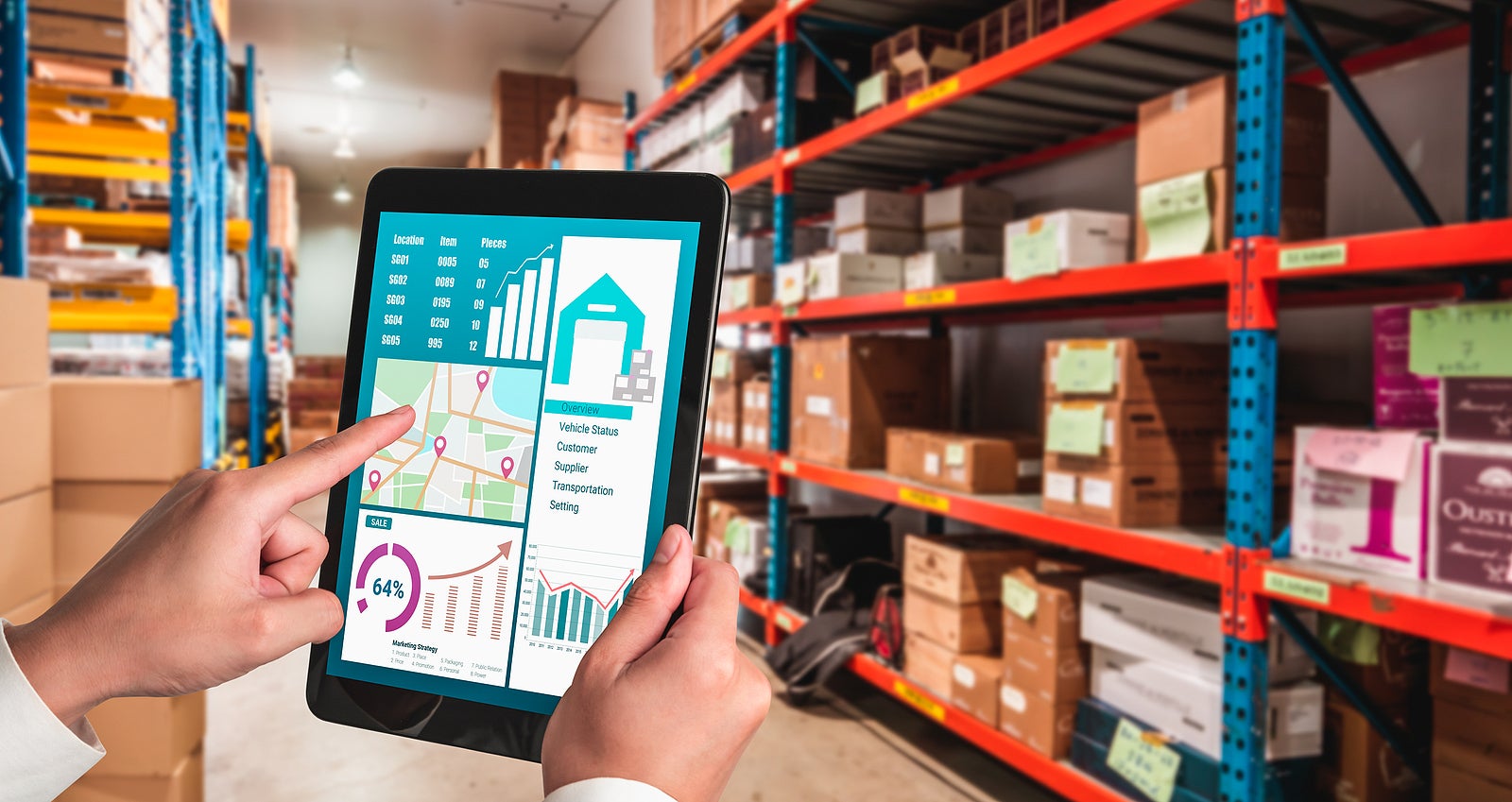
What are the advantages of ERP and eCommerce integration?
To put it another way, how might an integration platform aid with eCommerce and ERP integration? ERP integration provides you with a comprehensive picture of your organization and enables you to make quick choices about operational issues such as inventory and order management. Because it is fully automated and ensures data centralization, an integration platform simplifies data synchronization.
Make the right choice
To be successful with eCommerce ERP integration, you must choose the right platform and have a solid plan.
There are two types of enterprise resource planning software (ERP software): System models and deployment models.
Based on the ERP system model, the following types are classified as listed below:
- Generalist systems include several modules that a broad range of companies may use. True, businesses must choose a single, semi-integrated solution that may be stiff and inflexible in customization.
- Module-based solutions enable you to add new features as needed, saving you money on total software expenses. These are suitable for specialist businesses or applications in niche fields such as biology. It may be challenging to run a big business on a modular system.
- ERP systems are ERP suites, which are groups of related software. ERP providers collaborate with software suppliers to develop Suites, often big companies with substantial activities, to provide a unified solution for particular clients.
Here are a few examples of ERP systems, organized by deployment model:
- On-premise ERP is manually installed on the company’s local servers.
- Cloud ERP is driven by a vendor’s cloud platform, making it less expensive and quicker to implement than an on-premise system.
- Hybrid ERP combines the advantages of on-premises and cloud-based ERP systems. Financial and accounting modules may be housed on-site depending on departmental requirements, while other modules may be delivered over the web.
Challenges with ERP integration
While it’s highly likely you’ll be successful with your ERP and eCommerce integration, the inverse can also occur. This is determined by the kind and content of your ERP. So, let’s look at the most significant obstacles in B2B eCommerce ERP integration: elements of a business resource planning system.
Variability and volume
Your ERP stores your organization’s historical data. That’s fantastic news because you’ll need it to evaluate anything from production patterns to seasonality, among other things. The sheer volume of data created by the ERP is an insurmountable task in and of itself. The greater the number of fields in your data, the more difficult it will be to combine them.
You’ll need an ERP integration plan to be effective. It is critical to understand what ERP data must be synced and integrated into your eCommerce system as early in the design process as feasible. Before connecting ERP and eCommerce systems, please educate yourself on the data transferred between the two platforms and why it is necessary.Consider the following:
- All product names, SKUs, and descriptions must be similar to guarantee that buyers receive the correct items.
- To guarantee proper shipment and invoicing, the customer must provide contact, shipping, payment, and card information.
- Because most B2B transactions include pricing discussions, both systems must utilize the correct rates and rules.
- Order status and bills of lading must be transmitted across systems to dispatch orders successfully.
- Order managers, warehouse personnel, and everyone else who depends on inventory data rely on it. Inventory, quantities, and lead times must all be organized.
- Accounting, customer support, and end-users, among others, demand detailed purchase information. Orders from the past, as well as current ones, are featured here. Alternatively, they can communicate information like orders, invoices, and payment information.
Taxes: Tax laws, rules, and rates vary by state and country. To improve compliance and reduce risks, a fluid data transfer between eCommerce and ERP systems is necessary. Tax rules, rates, and regulations must be communicated.
Returns resulting from accidents, faults, or delivery mistakes necessitate receipts and credit notes. Because both consumers and workers require the same account information, data exchange is essential.
In addition to the previously stated numbers, the overall size of the database should be evaluated. Your eCommerce platform must be able to manage data from your ERP, such as hundreds of thousands to millions of SKUs.
ERP is so essential to a company’s success that it is seldom modified. There’s a possibility that something has been improved. Even those that have been upgraded, the bulk of ERPs still utilize obsolete technologies. ERP systems over the previous ten to twenty years can be leveraged to construct a current ERP system.
Further, an ERP may be challenging to connect with external systems when utilized in the real world. Because it must communicate flawlessly with the new technology, the older technology may impede integrations. IT workers may have spent years updating and fixing problems in a legacy ERP system. Another reason ERP system integration is complex is the sheer number of systems to combine.
Personalization
ERP systems must be tailored to operate correctly since no two organizations are the same. Your ERP system, whether SAGE or SAP, is most likely unique to your company. Your ERP system is custom-built for your company. That’s rather remarkable. Distinct ERP systems, however, necessitate different ways of eCommerce connectivity.
Integration with your eCommerce platform may be complex due to your ERP’s extensive data, outdated technology, and customized nature. In this case, selecting a master data source system is required. Is it going to be an ERP system or an eCommerce site? Because it affects every department and function, ERP is likely to be your primary data source. This, however, is not always the case.
As a result, finding the critical data source as early as the project planning phase is feasible is vital. Delays, costs, and effort may occur if an integration plan is not entirely created. How can ERP and eCommerce be combined successfully?
Consider the following ERP Integration Strategies and Methods:
Comprehensive planning is essential to a successful B2B eCommerce ERP integration strategy, as it is to any other. As a result, the process of adequately integrating your eCommerce platform starts even before you choose a platform. A strong migration strategy should incorporate synchronization and backup and recovery methods if something goes wrong during the transfer process.
Aside from that, determining whether to employ a point-to-point or middleware connection as a primary ERP and eCommerce integration strategy or model throughout the design phase. You can only choose your ERP integrated B2B eCommerce solution if you know exactly what you need to do and how you want to accomplish it.
Model of Point-to-Point Integration (P2P)
When your business has a small number of apps, point-to-point or one-to-one integration is a typical method. Point-to-point connections are a simple mechanism for two applications to interact with one another. Even for simple connections, this approach becomes unmanageable as the number of integration sites increases.
P2P integration is simple when just two or three apps are involved. P2P integration, on the other hand, becomes more challenging as the number of apps grows. According to the n(n-1) connections rule, if four different systems are merged, the total number of point-to-point connections might be as much as 12. (Also known as the n-squared issue.) Large businesses typically have various apps that must be linked. Organizations may opt to utilize a middleware integration architecture to make things simple.
Middleware Integration Model
The middleware integration model is employed when a centralized application stands between many central systems, such as an ERP, Product Information Management (PIM), and eCommerce system.
Unlike peer-to-peer integrations, which require each application to connect to the rest of the network, middleware provides a standardized means of securing a standard system to the whole network. In addition, APIs are interfaces that allow applications in numerous middleware systems to communicate with one another. APIs enable various platforms and systems to connect by providing a standardized interface.
HUB
When developing a middleware integration layer, the HUB or Hub/Spoke paradigm is used.
How does it work?
The spoke connects to an app and changes the data format so that the Hub may understand it. Incoming communications are translated to a format recognized by the destination system and routed through the Hub, which acts as a mediator.
A hub/spoke architecture may be an appropriate choice if you are optimistic that the number of integrations and the volume of data to be merged will not grow dramatically over time and if you have enough hardware to expand soon.
Enterprise Service Bus
When developing a middleware integration layer, the Enterprise Service Bus should be considered (ESB).
Its fundamental idea is to build a communication bus that connects many programs and allows each app to communicate with the other applications on the bus. Because middleware has been eliminated, the bus now solely functions as a message conveyance method (i.e., data transformation & routing).
Unlike hub/spoke design, which centralizes the integration engine for message transformation and routing, ESB architecture spreads it among application adapters rather than concentrating it in a single hub. EBS may now be utilized at much bigger scales as a consequence.
The two most frequently stated benefits of using an ESB are organizational agility and scalability. ESB provides a simple and extensible architecture for your company’s new applications, reducing time to market.
1703 Views












